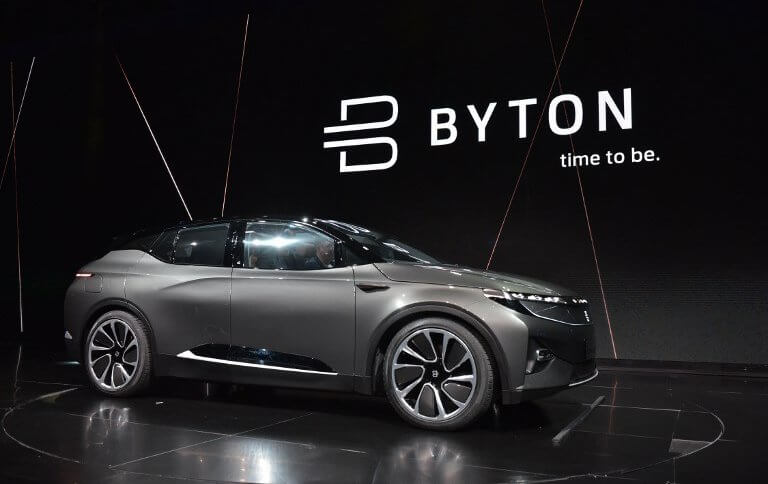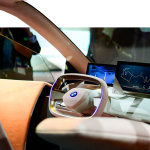EU’s smart transport plan met with derision

When it comes to intelligent transport systems, having vehicles that communicate with each other and interact with roadside infrastructure is the utopian vision.
The European Commission (EC)’s goal of deploying Cooperative Intelligent Transport Systems (C-ITS) is now one step closer to reality, with a new set of rules and standard ready to roll out.
However, the GSMA, an industry body for network operators, believe that the commission is ignoring technological innovation by choosing the outdated wifi (802.11p) technology for connected vehicles.
“The GSMA urges EU Member States and the European Parliament to reject the proposed rules that favor wi-fi technology to connect cars across Europe, and instead maintain flexibility to encourage the deployment of more advanced technologies, like Cellular-V2X (C-V2X) connectivity,” it stated.
“C-V2X is a key building block for future 5G networks, and as connected cars are one of the most important 5G use cases, this decision to prioritize 802.11p will hinder 5G deployment in Europe,” the group said.
The GSMA states that C-V2X provides more security, range, and quality of service than 802.11p and it’s quickly becoming the worldwide standard for communication between vehicles and with roadside infrastructure.
“In fact, North America and China are already moving forward with C-V2X, which will allow them to move to connected driving more quickly, cheaply and safely than Europe,” it said.
EU’s 5G Action Plan is to have major terrestrial transport paths have uninterrupted 5G coverage by 2025.
The new rules are in line with the proposals on clean mobility introduced by the Juncker Commission and are a further step for modernizing the European mobility sector.
These advancements are being rolled out to prepare for climate neutrality in the second half of the century and contributing to the EU’s long-term goal of moving close to zero fatalities and serious injuries by 2050 (“Vision Zero”).
Commissioner for Mobility and Transport, Violeta Bulc said: “this decision gives vehicle manufacturers, road operators and others the long-awaited legal certainty needed to start large-scale deployment of C-ITS services across Europe, while remaining open to new technology and market developments […] it will significantly contribute to us achieving our ambitions on road safety and is an important stepping stone towards connected and automated mobility.”
C-ITS will connect all road users and traffic managers so that they may share and use information in real time. Simple information services can alert drivers to a traffic jam or road works that are not in a road user’s line of sight.
YOU MIGHT LIKE

C-V2X will make cars ‘talk’ in the 5G era
It can even recommend the right speed to keep in order to sail through green lights at every intersection. The same technology can also be used for additional services, to inform one of real-time traffic and parking conditions, and to warn of nearby pedestrians and cyclists.
C-ITS developers have already made a roadmap for around 200 additional services, and while total costs per car are estimated to be around US$340, it’s expected to drop as more vehicle manufacturers offer the technology as standard equipment.
The law within the EU at present does not make C-ITS mandatory, so the decision to use it remains with users, vehicle manufacturers, and road operators. Current specifications are designed to provide low latency for safety-critical devices and high coverage using existing cellular networks.
The system can send information to other nearby vehicles, even up to one kilometer away, while a limit on personal data ensures drivers identities are not revealed in a secure and trusted environment. Drivers are kept informed of the data processing and the C-ITS system and the whole thing can be turned off at any time depending on a user’s preference.
In the future, autonomous vehicles will be informed of vehicles and infrastructure around them, and more advanced services will support these machines to overtake efficiently or merge lines in a safe manner.









